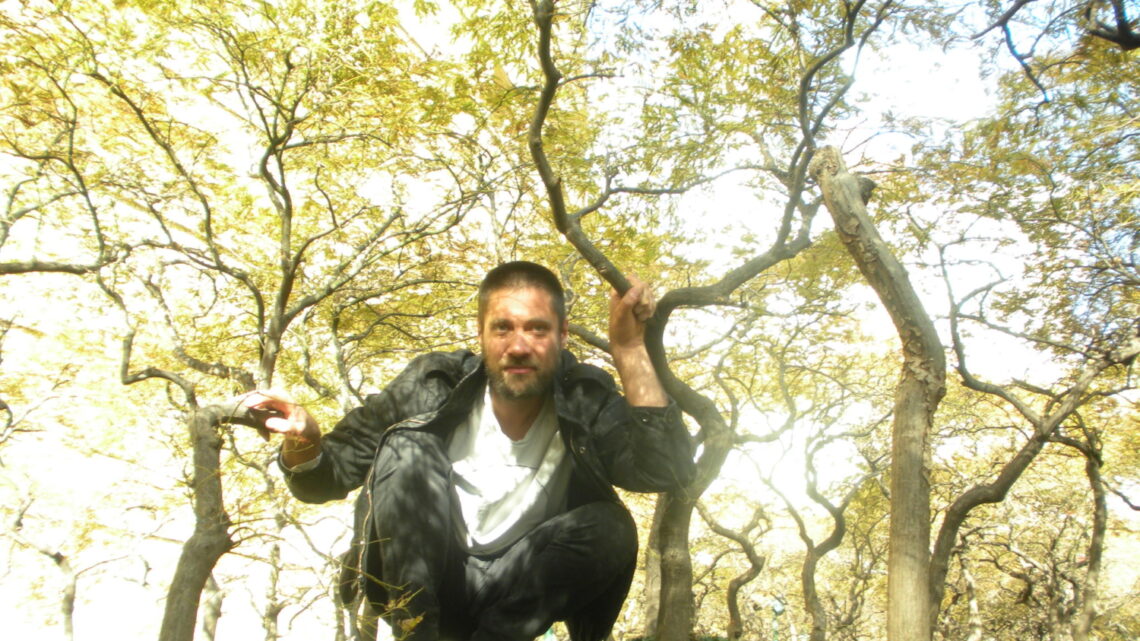Elfin Forest
March 20, 2023
Elfin, dwarf or pygmy forests show us that not only individual species but entire ecosystems select for small size when things get rough. Elfin forests are uncommon ecosystems featuring miniature trees with shallow but extensive horizontal root systems and mostly inhabited by small animals such as rodents and lizards. Such forests are often located at high elevations, mountains and highlands, where nutrients in the soil are sparse and weather conditions such as high winds and low precipitation make tallness a bad, if not impossible, choice. Smallness is part of the forest coping mechanism as low stature increases the structural stability of the trees. Wind-exposed trees invest more of their resources to greater trunk strength than to growth, increasing the ability of the trees to withstand greater wind stresses. Most of the elfin tree mass is beneath the surface: A large percentage of energy is allocated to growing and maintaining heavy and extensive root structures further strengthening the tree, anchoring precious soil and increasing their resistance. Also, elfin forests are among Earth’s oldest intact ecosystems because their diminutive size made them worthless to loggers. But worthless they’re certainly not. As in people, smallness is not part of the problem, it’s part of the solution.